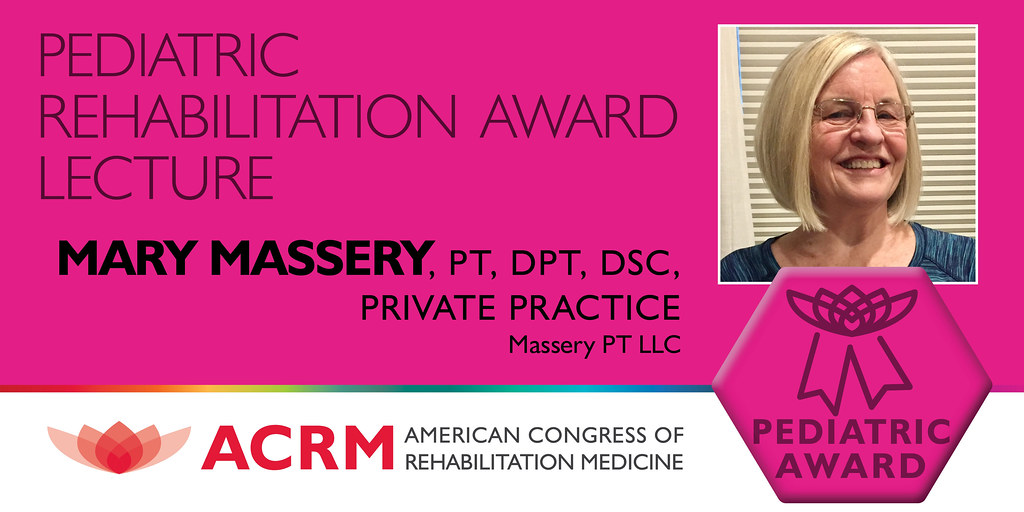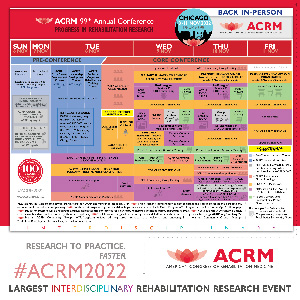Back
 Children with extreme low tone, from a variety of different diagnoses, are at high risk for spinal deformities and secondary adverse respiratory events. We know this risk exists, yet too often the approach seems to be “wait and see if this becomes a problem.” The speaker will argue that spinal collapse is a problem before you see the scoliosis. She will suggest a prophylactic management of the spine, starting in infancy, based on a model of managing trunk pressures (soda pop can model). She will apply the concepts to a child with cerebral palsy who was at high risk of consequential spinal deformity, watching his postural development from 1 - 10 years of age.
Children with extreme low tone, from a variety of different diagnoses, are at high risk for spinal deformities and secondary adverse respiratory events. We know this risk exists, yet too often the approach seems to be “wait and see if this becomes a problem.” The speaker will argue that spinal collapse is a problem before you see the scoliosis. She will suggest a prophylactic management of the spine, starting in infancy, based on a model of managing trunk pressures (soda pop can model). She will apply the concepts to a child with cerebral palsy who was at high risk of consequential spinal deformity, watching his postural development from 1 - 10 years of age.
Postural development and very low tone: Is it possible to avoid disaster?
Thursday, November 10, 2022
10:45 AM – 12:00 PM
.jpg)
Mary Massery, PT, DPT, DSc (she/her/hers)
Owner
MasseryPT LLC
Glenview, Illinois, United States
Presenter(s)
 Children with extreme low tone, from a variety of different diagnoses, are at high risk for spinal deformities and secondary adverse respiratory events. We know this risk exists, yet too often the approach seems to be “wait and see if this becomes a problem.” The speaker will argue that spinal collapse is a problem before you see the scoliosis. She will suggest a prophylactic management of the spine, starting in infancy, based on a model of managing trunk pressures (soda pop can model). She will apply the concepts to a child with cerebral palsy who was at high risk of consequential spinal deformity, watching his postural development from 1 - 10 years of age.
Children with extreme low tone, from a variety of different diagnoses, are at high risk for spinal deformities and secondary adverse respiratory events. We know this risk exists, yet too often the approach seems to be “wait and see if this becomes a problem.” The speaker will argue that spinal collapse is a problem before you see the scoliosis. She will suggest a prophylactic management of the spine, starting in infancy, based on a model of managing trunk pressures (soda pop can model). She will apply the concepts to a child with cerebral palsy who was at high risk of consequential spinal deformity, watching his postural development from 1 - 10 years of age.Learning Objectives:
- Describe how trunk pressures link breathing, spinal alignment, and postural control using the “Soda Pop Can Model.”
- Describe a prophylactic spinal management approach to prevent or minimize spinal deformities and minimize respiratory complications.
- Describe how a thoracolumbosacral orthosis (TLSO) and an abdominal binder were used to contribute to optimal spinal alignment, voicing, respiration, and functional reach in a case of a young boy with cerebral palsy and make the argument that this approach could be applicable for other young patients with low trunk tone and/or poor motor control.

.jpg)
